One of the best patterns for backsplash tiles is vertical. However, the location you lay, the types and the arrangement are important so they are described here.
One of the most recent trends in interior design that challenges the status quo is vertical tiling, which can be described as both daring and unusual in terms of the aesthetic statement it makes.
To make a vertical tile backsplash, tiles are not laid out in the typical horizontal orientation but rather are arranged vertically along the length of their longest side.
This fresh take on aesthetics is a fascinating method that can also be practical because it makes small kitchens appear larger than they actually are. In addition, vertical tiles can be used for exterior constructions such as walls and roofing.
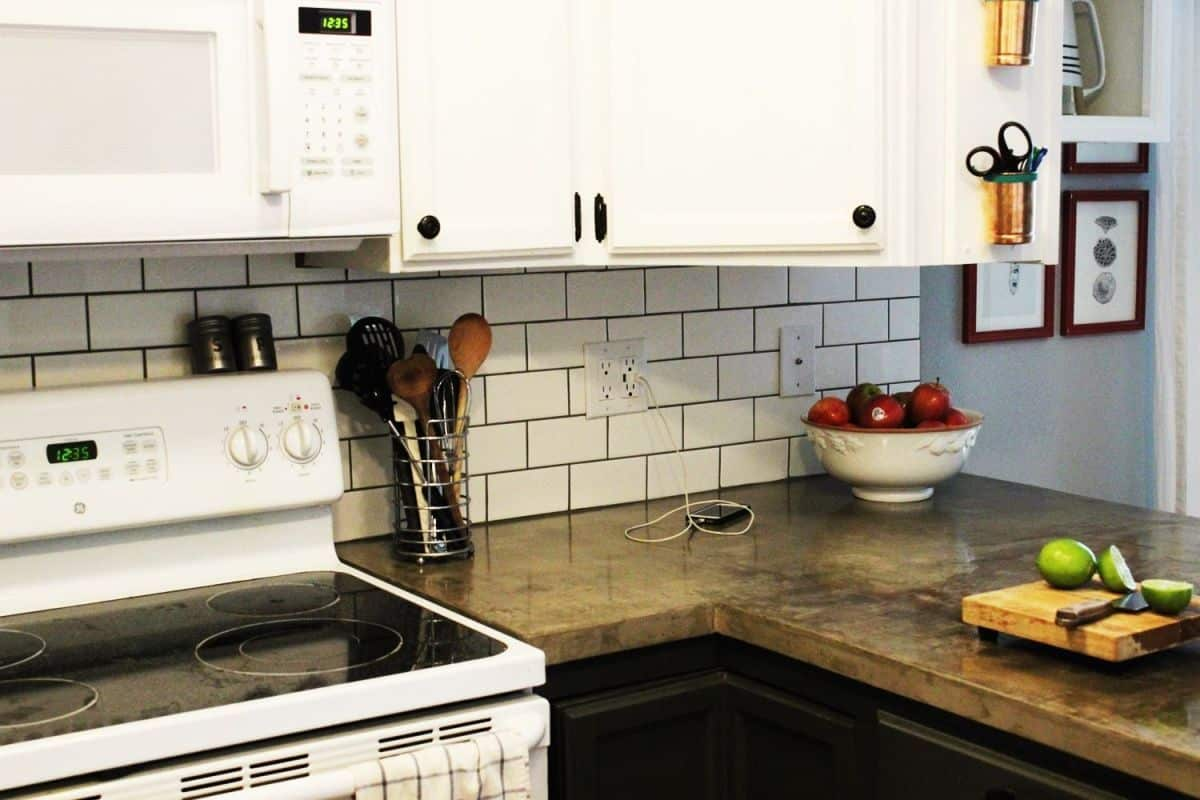
Vertical Backsplash Tiles Location
The location you lay the vertical backsplash tiles highly matters. In the kitchen, a backsplash acts as an additional barrier to keep food-related moisture, water, oils, and other debris from penetrating the drywall or concrete structural walls.
This is accomplished by directing these liquids and solids behind the backsplash. To conserve money and resources, the tiles in the kitchen were simply flipped over so that they were laid on their vertical sides.
The use of sectional tiling for a cooking range and rangehood typically results in a greater amount of wasted material, particularly when working with more complex designs like hexagonal forms.
In most homes, the section of the wall that is occupied by the range hood and the cooking range has a lengthy vertical space that extends beyond the range hood and makes use of the ceiling molding as the threshold for entering the space.
This vertical region begins at the rear of your oven range in your kitchen.
The addition of a tiled vertical backsplash tricks the eye into thinking there is more space than there actually is.
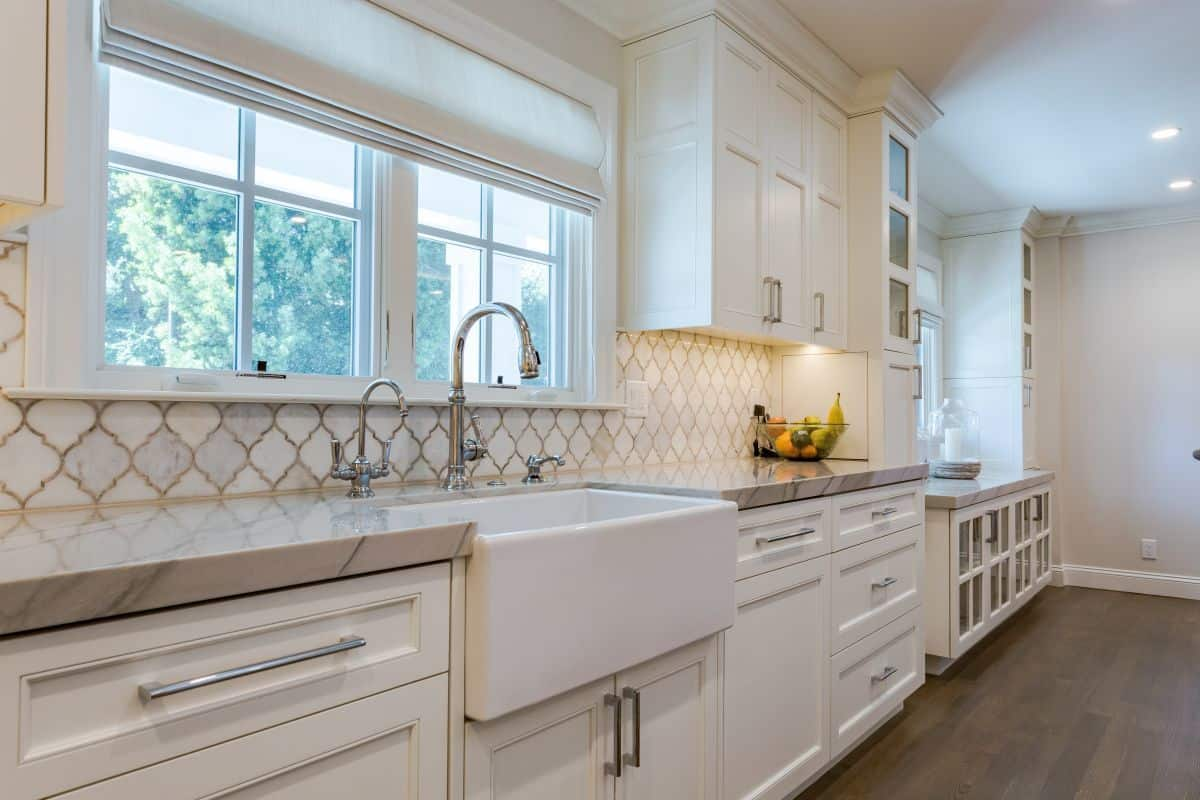
The backdrop, if tiled in a pattern that differs from the rest of the room’s flooring, would form an excellent accent wall that would give the space a sense of depth and movement.
Kitchen countertops: The traditional cupboards in a kitchen are often laid out in a horizontal orientation and aligned parallel to the kitchen countertop.
The horizontality of your features is broken up by a vertical tile backsplash, which also adds depth and contrast to the space while also elevating the aesthetic appeal of the room.
Open Shelving: To provide a sense of visual consistency and to accommodate open shelving, continue the vertical tile backsplash that was built above your counter all the way up to the ceiling of the kitchen.
The open shelf and the background made of vertical tiles create an appearance that is purposefully simplistic. In addition to that, you can call attention to open-type shelves by utilizing sectional tiling.
Bathroom: The very first room to implement a vertical tile backsplash was the bathroom. Because the vertical tiles draw the attention upward and provide the feeling of space, the modern touch is effective even in ensuite bathrooms that have a limited amount of room.
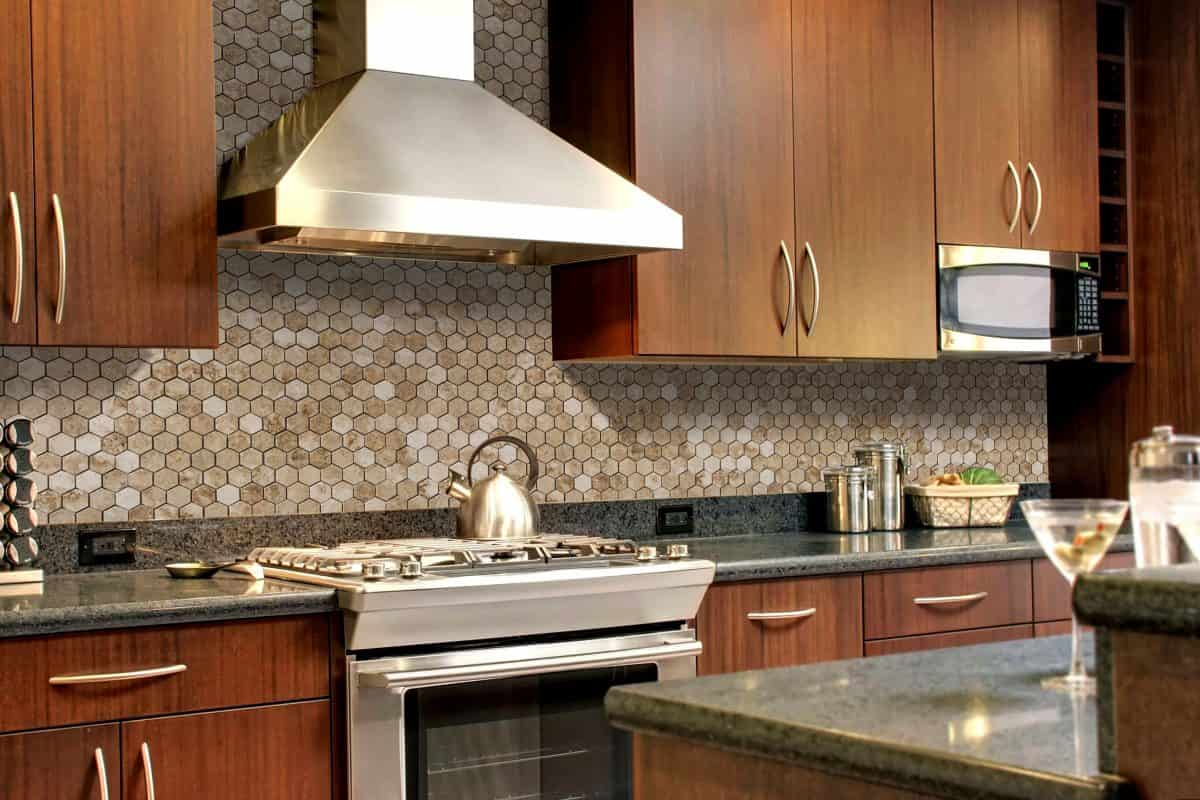
Shower Area Adding vertical tile cladding to a wall is a great way to visually open up a room and create a stunning feature wall. This is especially useful in shower facilities, which are normally very compact.
A vertical tile shower backsplash is a great way to bring a variety of colors and patterns into a modern bathroom.
It is also a great way to add texture. The utilization of rich, bright vertical tiles as a backdrop rather than a plain design lends the area an air of familiarity and warmth.
Surfaces found in vanities. Mantel or round mirrors are in style right now, and modern bathrooms look great when adorned with either type.
Even though tiles may have less of an impact visually, specific locations on your wall may be left behind by certain types of mirrors.
A vertical tile backsplash may be more visually stunning than a horizontal tile backsplash due to the fact that the eyes are drawn to the feature by the shift in direction.
Glass and other unique materials can be used to create an appearance that is more translucent, blends in well with mirrors, and provides the idea that there is more space than there actually is.
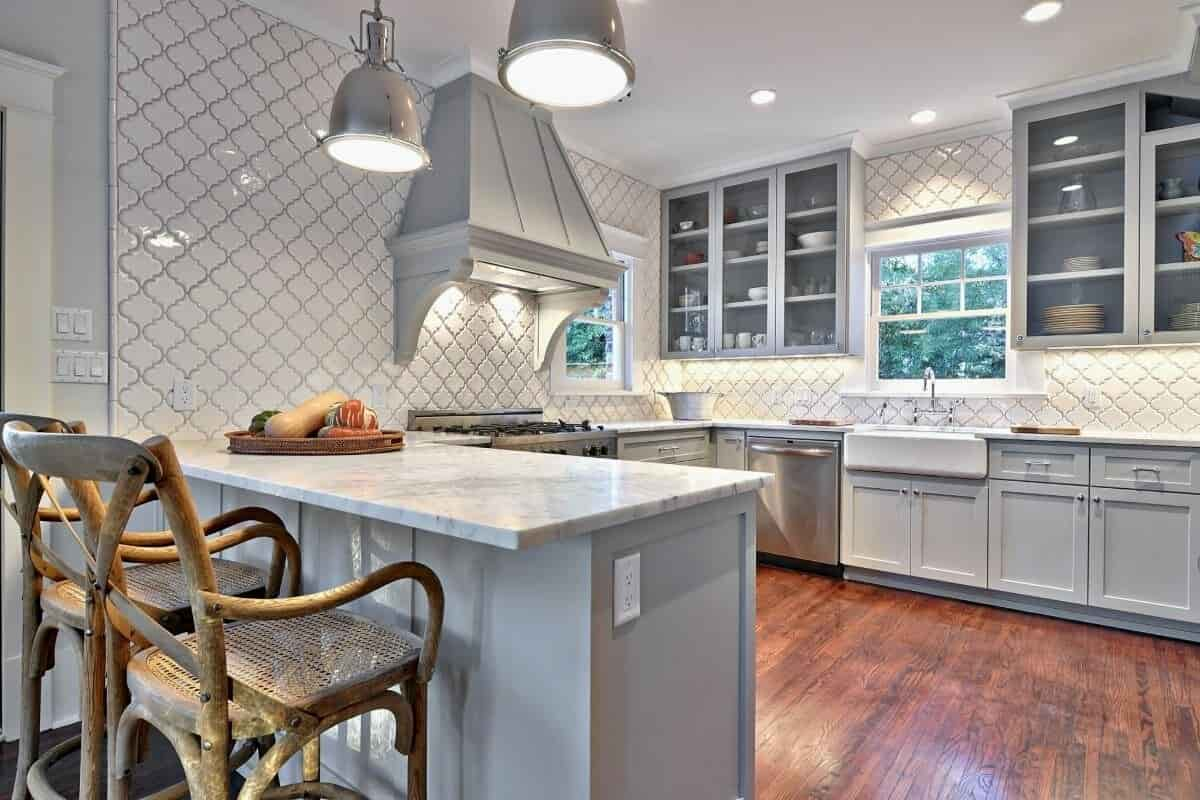
There are instances when a strip or a single layer of vertical tiles is all that is required to bring interest to your vanity area.
Vertical tiles are an excellent alternative to mosaic tiles, which have traditionally been utilized in accent bands as a primary component for the purpose of adding aesthetic qualities to walls.
Putting a single row of tall vertical backsplash tiles on top of your kitchen counter or vanity is yet another wonderful way to give the area a new perspective. This can be done by following the instructions found here.
Powder Rooms: A vertical tile backsplash can work in a powder room if there is a high ceiling clearance in the room; however, you should proceed with caution because it may create the idea that the area is an elevator shaft.
Use an accent band in conjunction with horizontal tiles to create the appearance of vertical tilework in a space that has a high ceiling but is otherwise compact.
A house’s fireplace should ideally have a mantelpiece or chimney piece as its primary architectural element. The majority of mantelpieces have a low profile, which means that a vertical backsplash tile can provide a fireplace tile design with grandeur and prominence.
Because there is a vertical tile option for every type of tile, it is possible to find a material and color combination that is suitable for a fireplace designed in either a traditional or contemporary style.
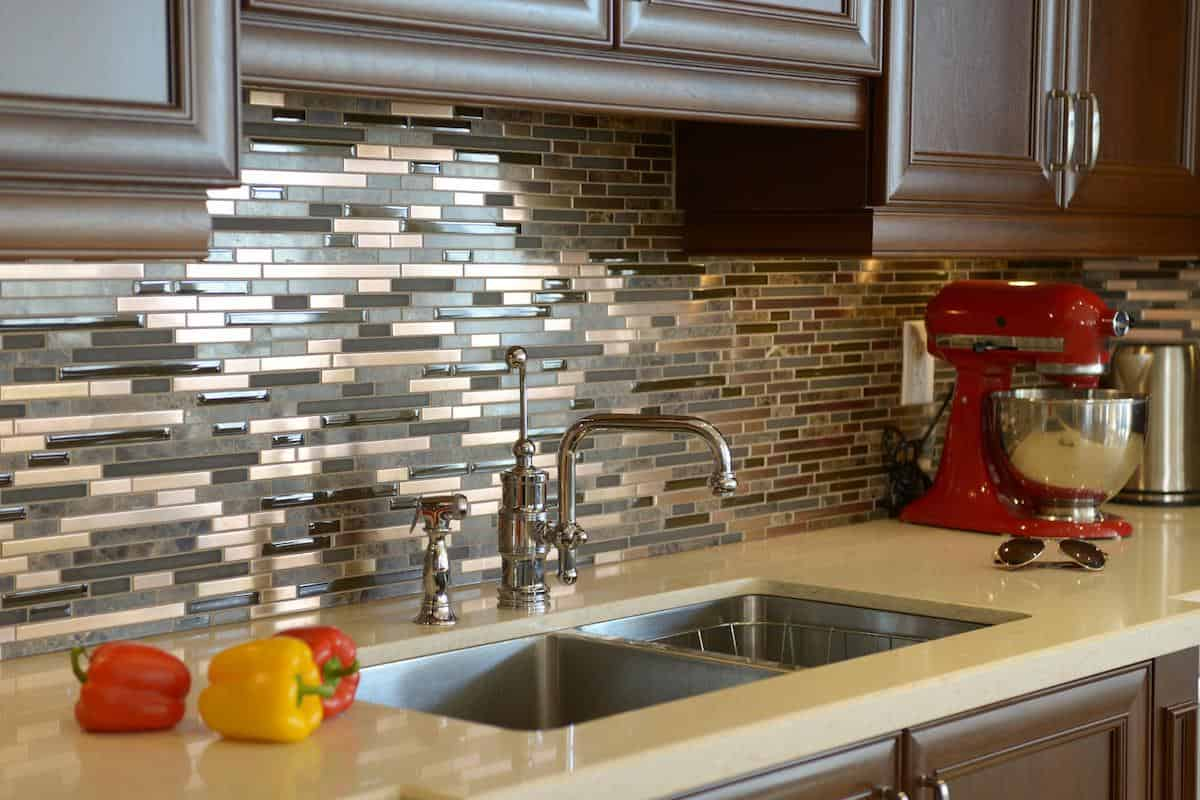
Vertical Backsplash Tiles Types
The diverse types of vertical backsplash tiles are here delineated.
Subway tile installed in a vertical back splash
Subway tile backsplashes are still often utilized despite the fact that their uncomplicated layouts enable them to accomplish the look of a current or contemporary kitchen.
Any tile with a size between one and two inches and the standard measurement of three by six inches can be classified as a subway tile.
This is the case regardless of the manufacturer.
Despite the fact that there are now more sizes available, the most common sizes for manufacturers to offer for subway tile are 2 x 4, 4 x 8, and 6 x 12 inches.
When installed in a vertical orientation and using the popular straight set pattern, a backsplash constructed of subway tiles appears to have a more contemporary aesthetic.
picket tiles are used to create a vertical backsplash.
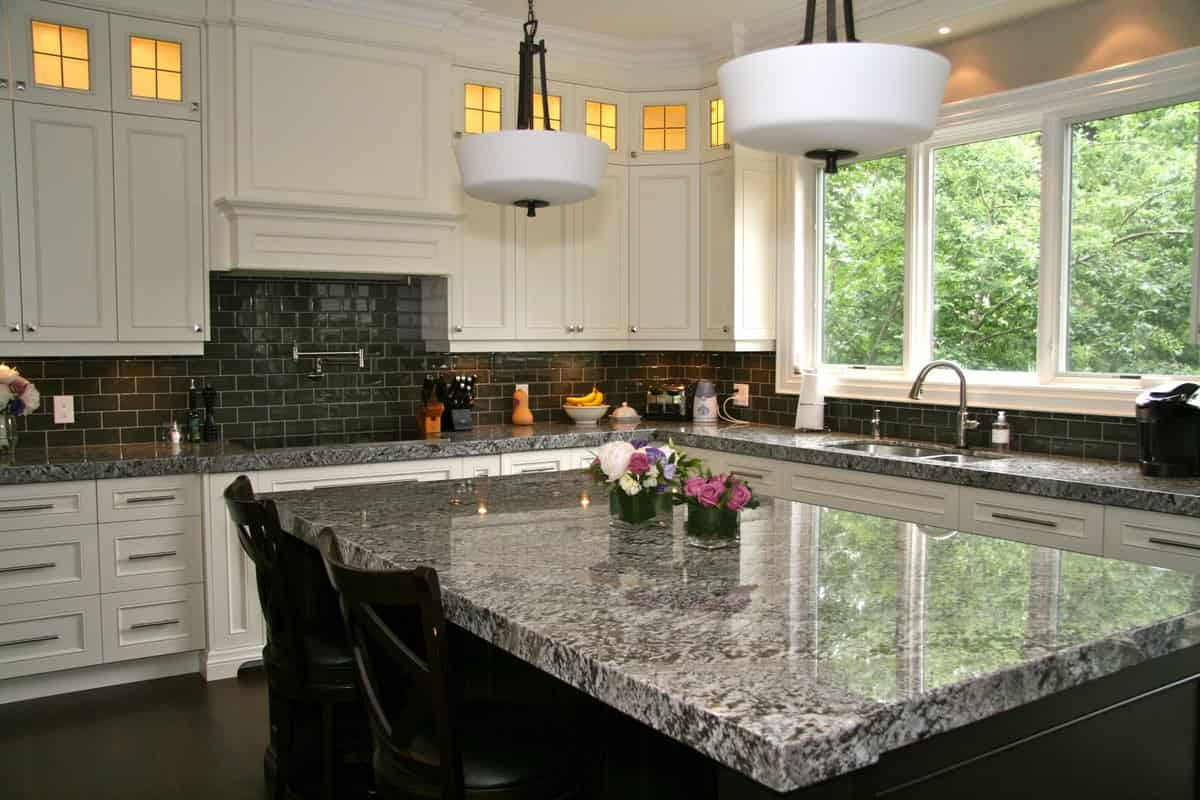
Since they were initially made accessible in the early 1900s, hexagon tiles have grown in favor as an alternative to rectangular tiles with straight edges.
This popularity has contributed to the recent picket tile craze that has been going on.
The hexagon is a shape that can be found repeatedly throughout nature. It can be seen in beehives, turtle shells, snowflakes, and the eyes of dragonflies. It is also associated with art deco and contemporary aesthetics.
Because of this, hexagon tile designs, such as picket tiles, have a sense of warmth and coziness to them in addition to their aesthetic beauty.
A picket tile backsplash with a vertical design can exhibit a contemporary and up-to-date appearance thanks to its sleek, elongated shape and the inherent visual ease in people.
Backsplash with huge tiles arranged vertically.
Large tiles had previously only been employed in commercial settings prior to their introduction into the residential market.
A substantial vertical tile backsplash creates an appearance that is both eye-catching and up-to-date. There was a time when a tile measuring 12 inches square was considered to have a large format.
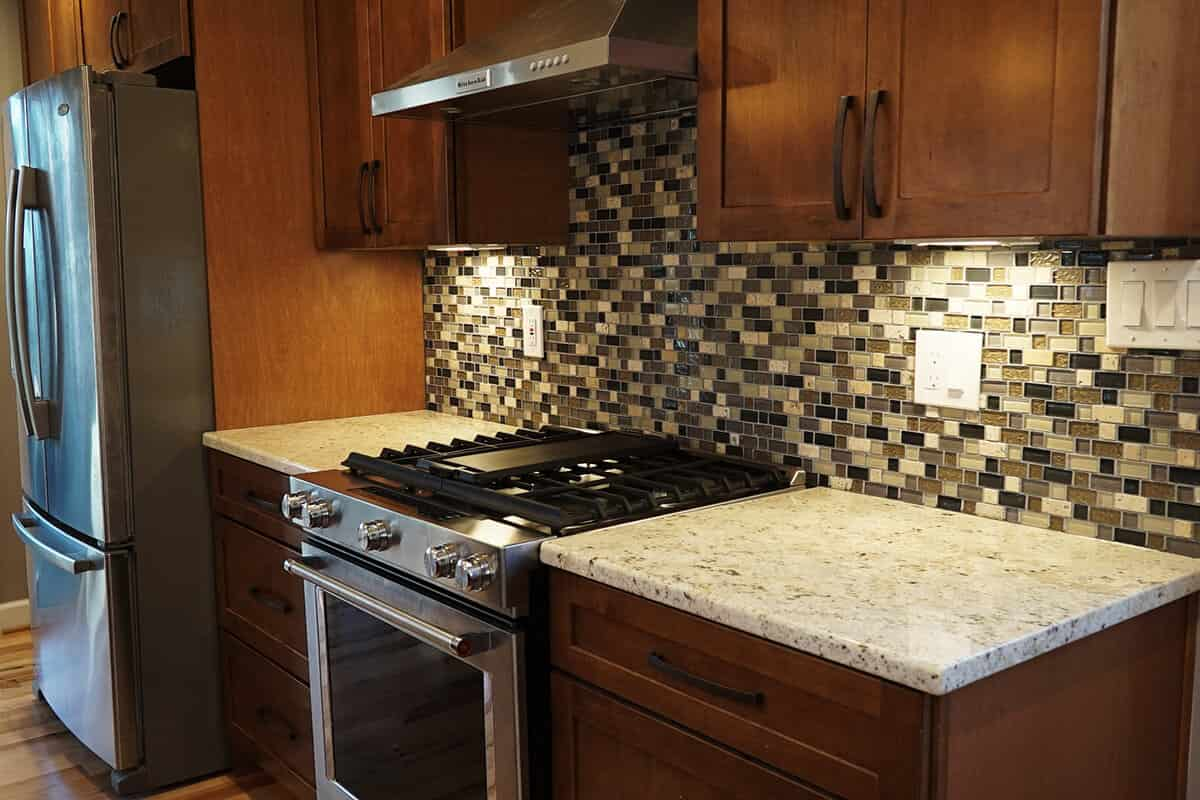
However, as a result of developments in the tile industry, the majority of people today regard a tile to be of the huge format if it is at least 15 inches in size.
A contemporary home with fewer grout lines has the appearance of being clean and simple; this is a look that can be readily achieved with a large vertical tile backsplash due to the vertical position of the tiles.
Not only do large vertical tiles have a smoother surface, but they are also easier to clean and maintain because there are less grout lines visible between them.
Tiles with a large format create an effect that is both lavish and expansive when used in large areas such as the living room and the dining room.
Vertical cladding can also significantly amplify the visual impact of a feature wall if it is carried all the way to the top of the wall and continued along the ceiling.
Vertical glass tiles serve as the backsplash.
The visually pleasing illusion of a waterfall can be created by arranging narrow glass tiles in a vertical pattern and employing either two tones of color or a single color in a variety of shades.
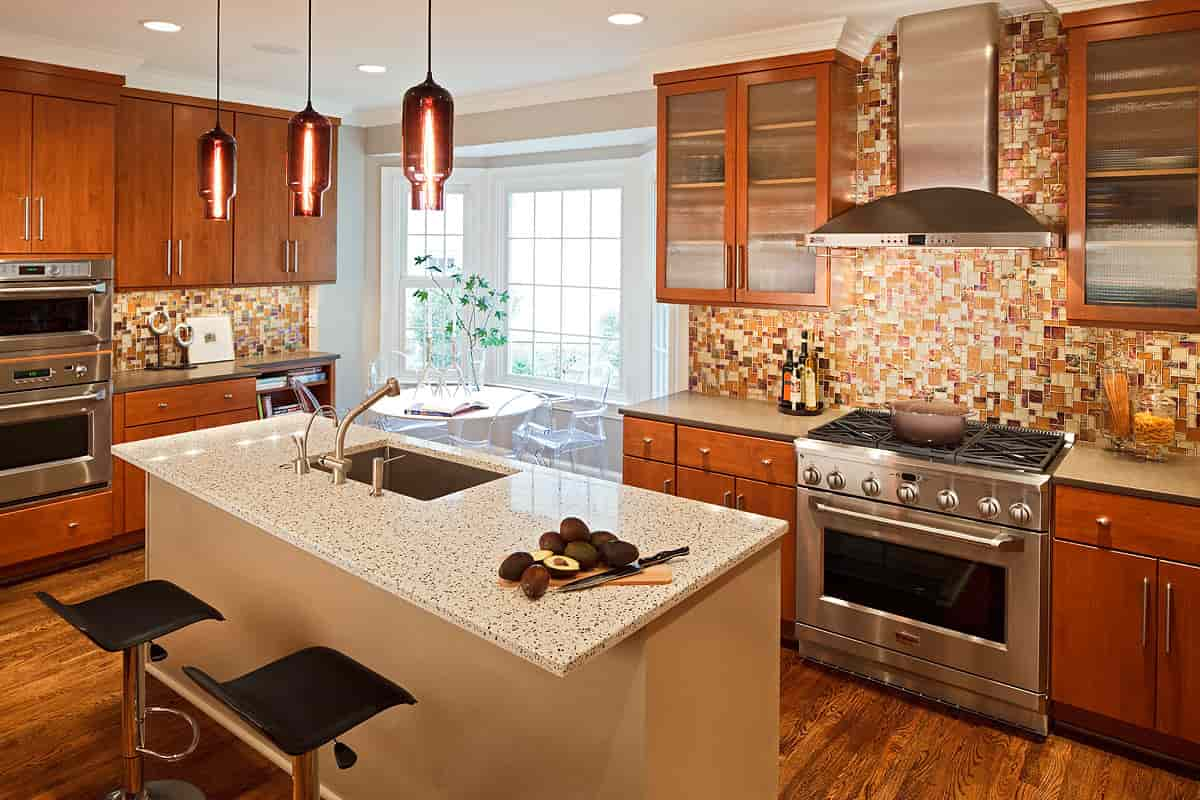
Shower areas are the perfect place to put vertical glass tiles, regardless of whether they are piled unevenly or evenly.
An extravagant accent wall can be built using tiles made of reflective and translucent glass as a backsplash.
By grouting the vertical tiles in brass or gold, you may create a wall covering that is both luxurious and lovely in appearance.
Vertical mosaic tile is used for the backsplash.
Mosaic work often involves the construction or production of a pattern or picture by the arrangement of smaller pieces of mosaic tile in a variety of colors and textures.
Since ancient times, mosaic tiles have been a common tile design for both traditional and modern interiors. Mosaic tiles can be found in both traditional and modern interiors.
The appearance of digital pixelation can be imitated by using vertical mosaic tiles backsplash in monochromatic hues.

This style in wall tiling is becoming increasingly popular. Alternative materials, such as glass or ceramic, could be utilized in the production of the vertical mosaic tiles for a more classic appearance.
There is also a design called the Three-Dimensional Vertical Tile Backsplash.
One of the most recent developments in vertical tiling involves the use of wavy tiles featuring designs that project from the surface to produce geometric formations or patterns.
Alternate the 3D vertical tile backsplash with your conventional flat surface vertical tiles to create a pattern that will result in a surface with texture.
These vertical tiles make for an unusual wall covering since they allow the user to layer light and shadow on walls that are highlighted.
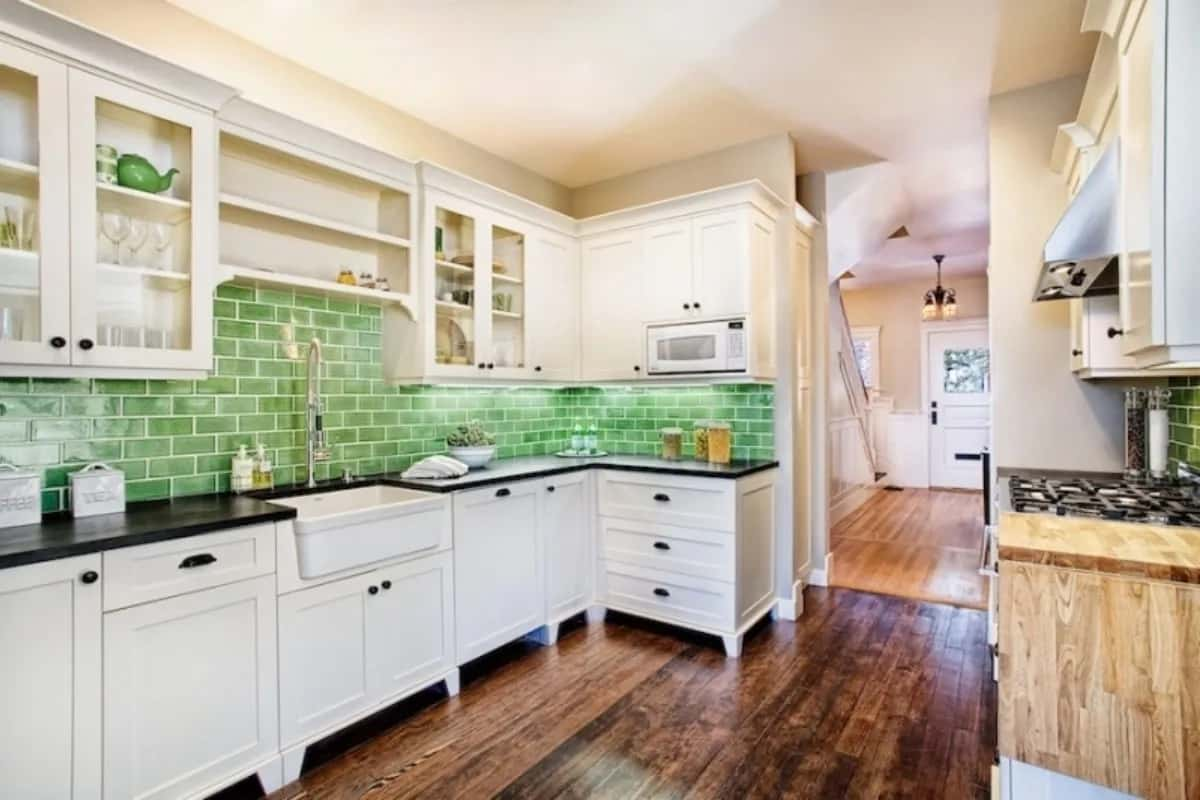
Vertical Backsplash Tiles Arrangement
The arrangement of vertical backsplash tiles could be different in different houses and different installers. In a general sense, tiles are a form of flexible cladding material that comes in a rectangular shape and offers a broad variety of possible configurations.
Due to the versatility of it, many forms and orientations can be combined with it in an easy and straightforward manner.
Vertical Offset: Also known as the conventional brick tile pattern or running bond, a vertical offset is a layout technique in which vertical tiles are laid with their adjoining edges placed at the center (or half of the tile) of the following block in line.
This technique is used to create a running bond pattern. Vertical Offset is also referred to as “running bond.”
Because of this, load-bearing bricks are typically laid out in an alternating pattern, which is thought to result in improved structural integrity overall.
The vertical offset for backsplashes provides an attractive visual movement and a stunning wall feature when it is erected from the finished floor level all the way up to the ceiling.
Tiles are arranged in a vertical straight set such that the grout lines are consistently spaced apart.

This is accomplished by stacking each vertical tile parallel to the one that comes after it. The clinical atmosphere is created in a room with a clean and contemporary appearance by the vertical straight set.
It transforms into an aesthetically pleasing wall feature when juxtaposed with tiles of warmer and richer colors in order to break up the uniform appearance of the wall.
When utilizing the vertical offset (Alternate), which offsets along the vertical axis, the neighboring tile edges are aligned in the center of the tile, which is similar to what happens when using the vertical offset.
Because a vertical offset can only cover a certain amount of space, it is recommended that the arrangement be applied to larger spans of wall surface wherever possible.
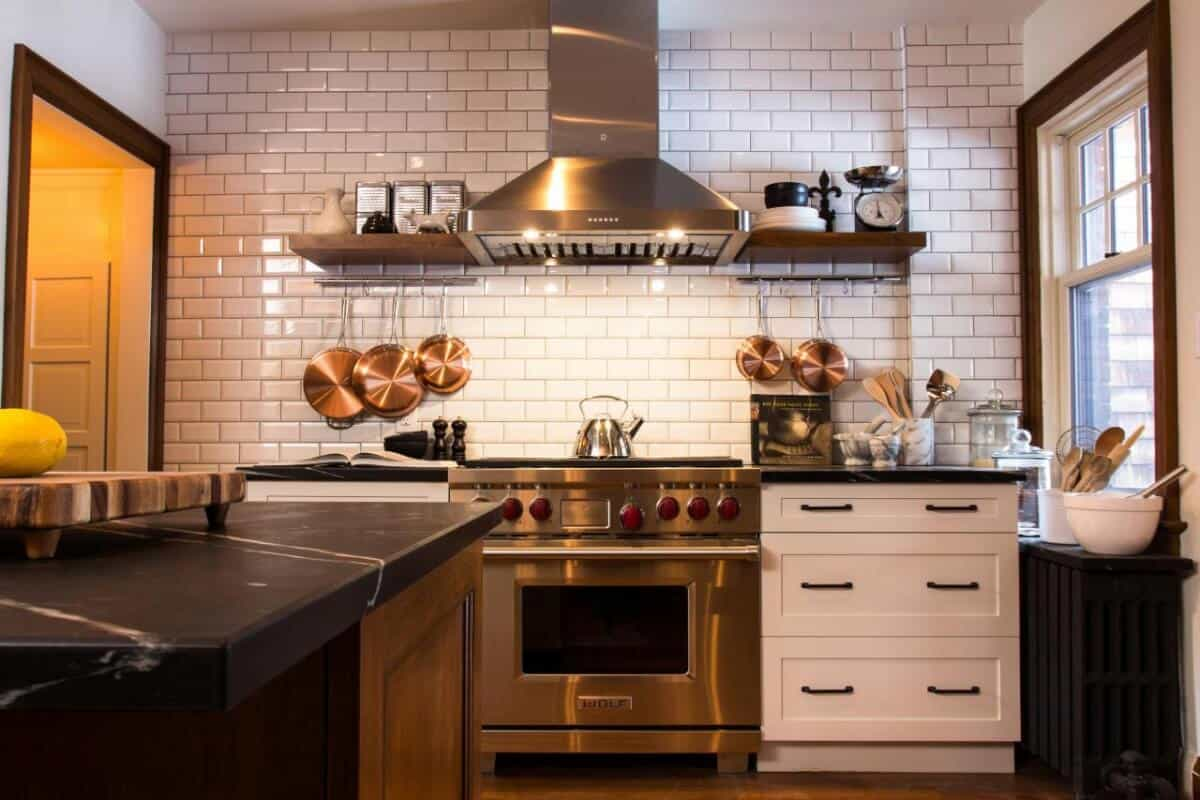
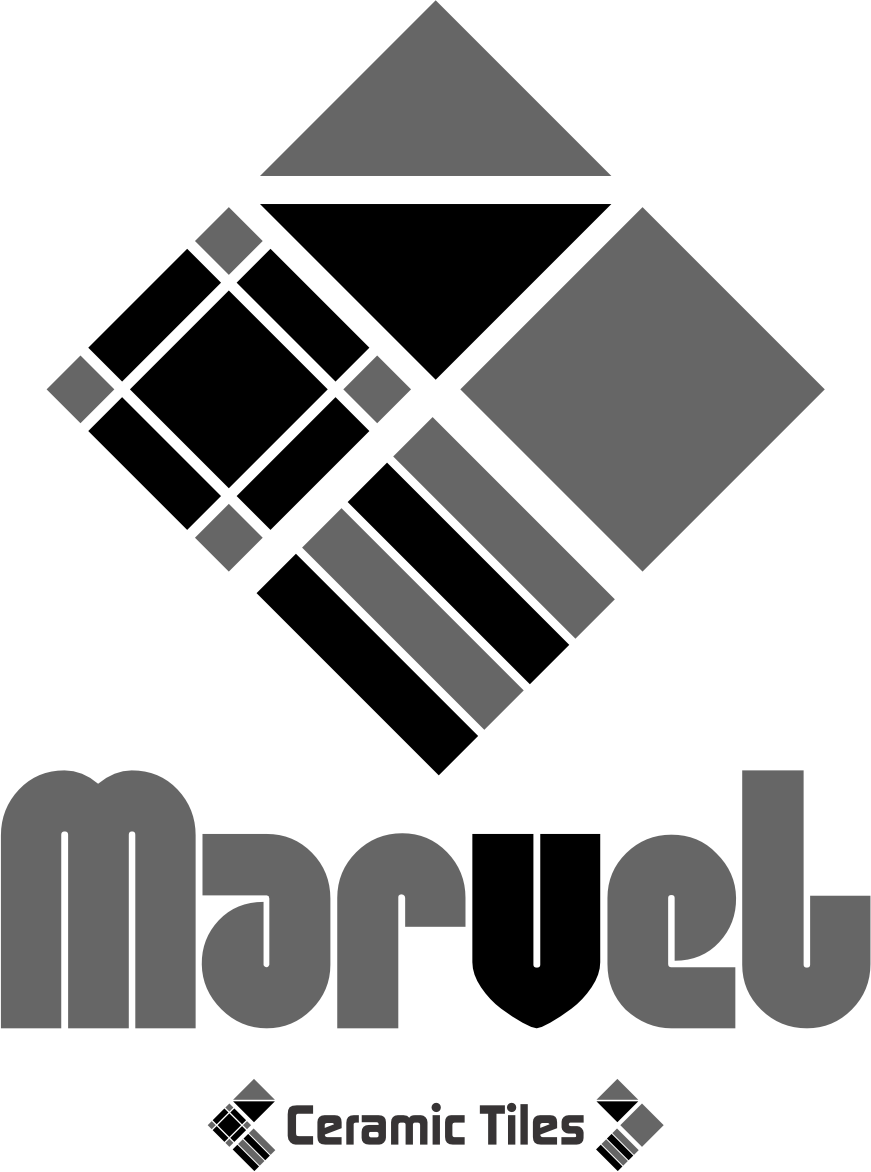
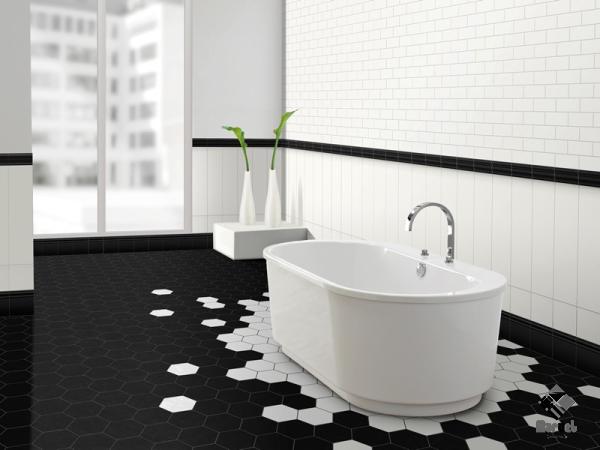
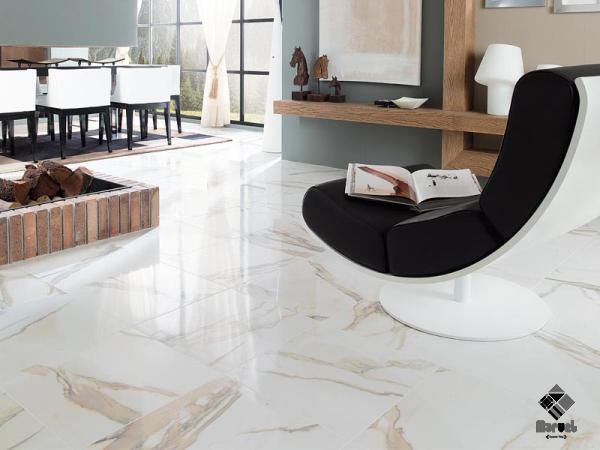
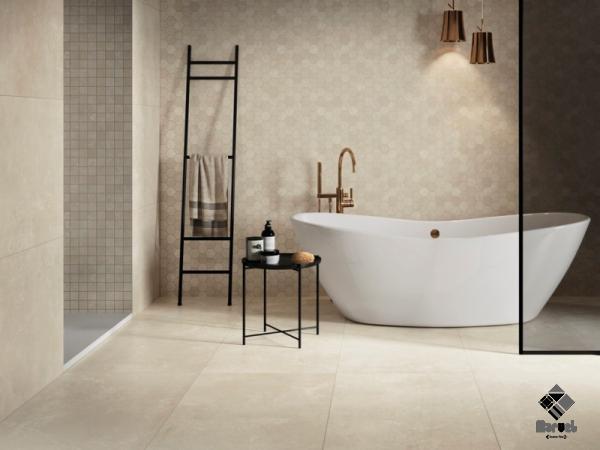
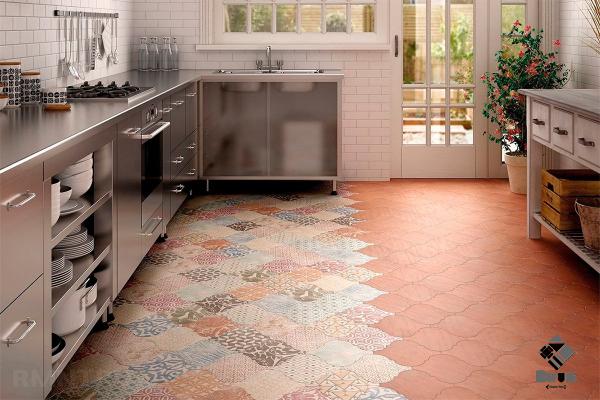
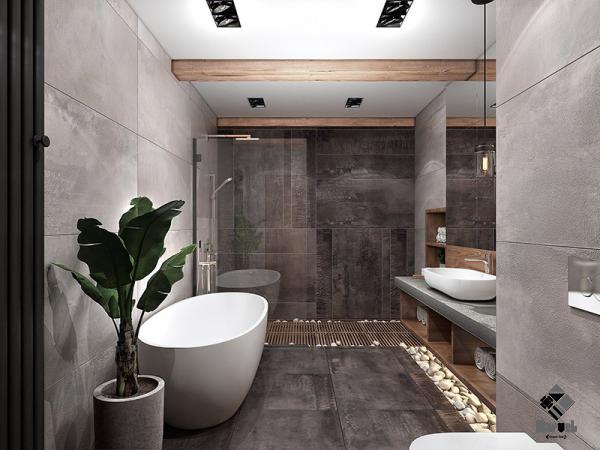
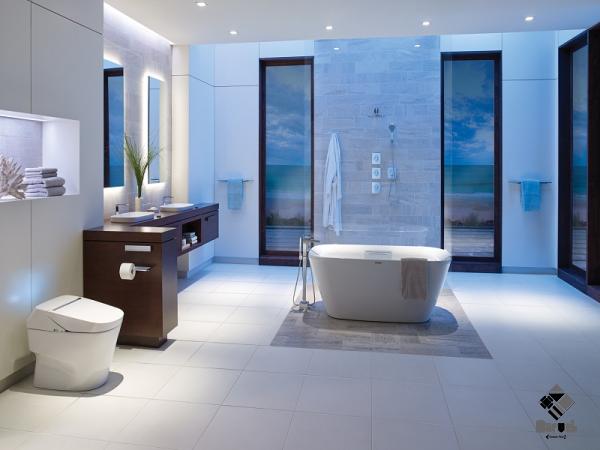
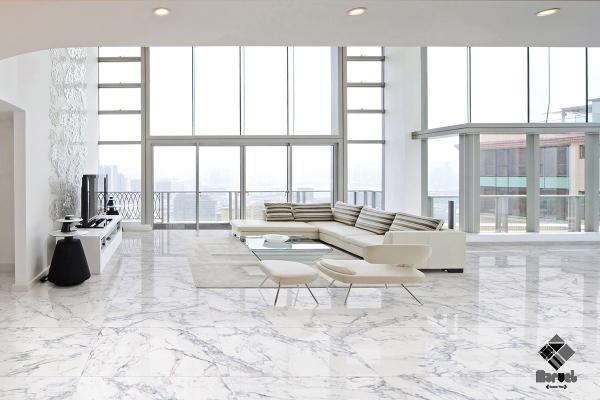
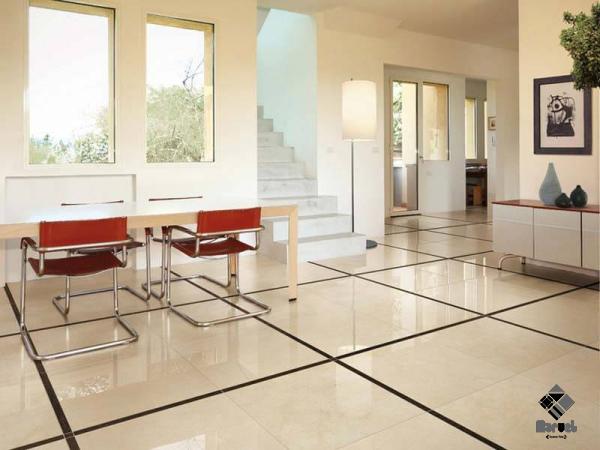
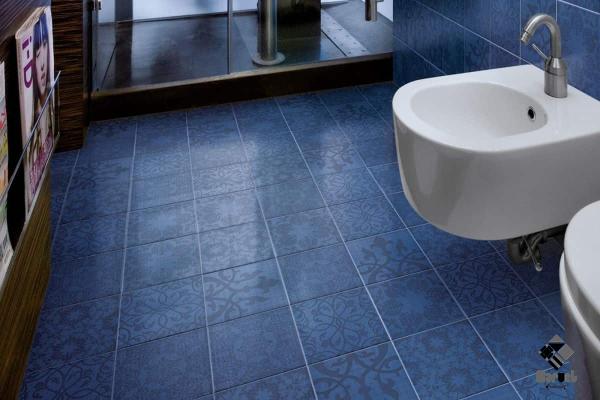
Your comment submitted.